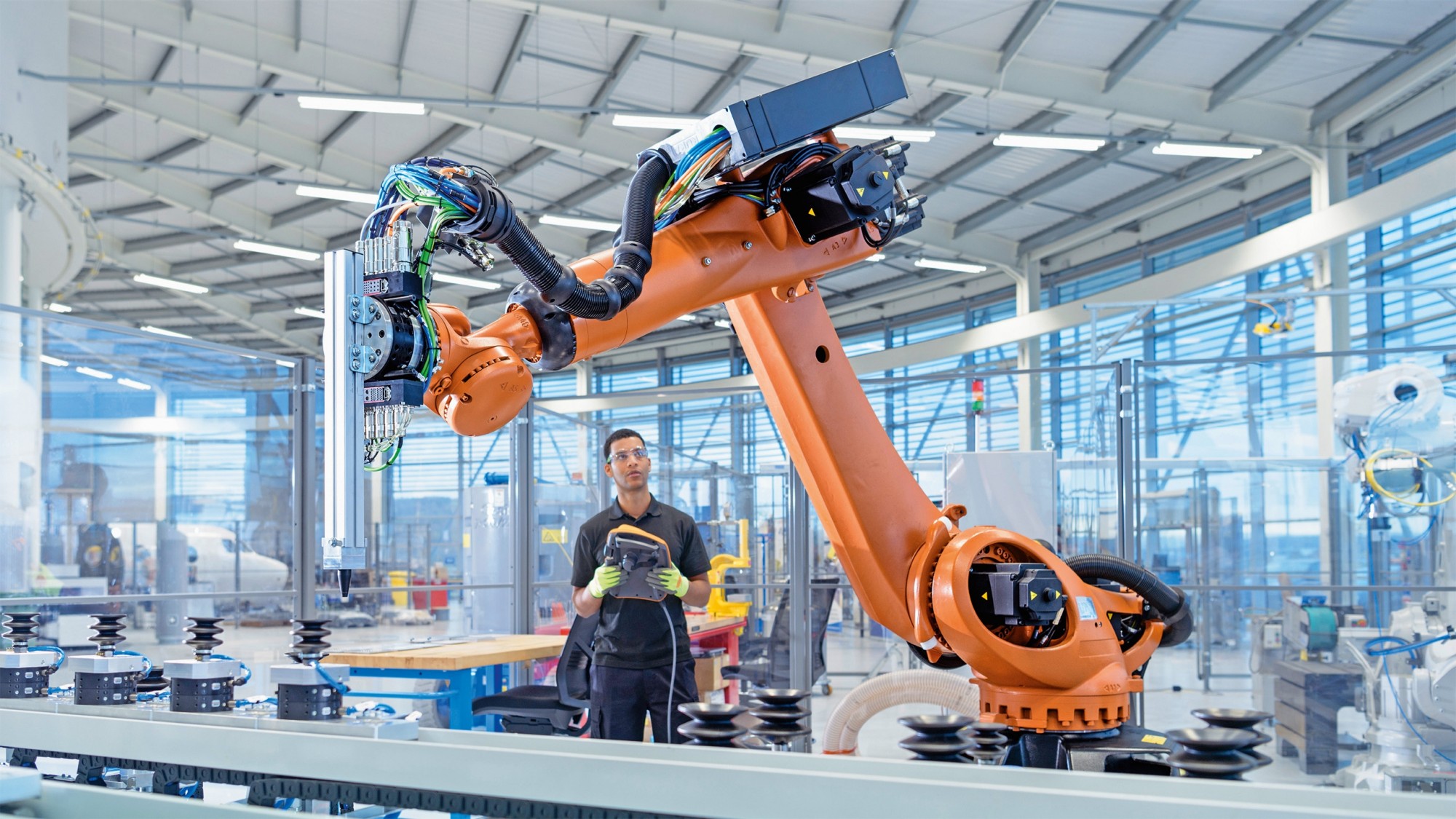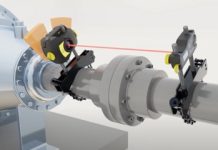There are many different ways in which robots are used in manufacturing. Some of the most common applications include welding, painting, assembly, and material handling. Robots can often outperform humans in speed, accuracy, and precision. Additionally, they can work overnight or around the clock without getting tired. It makes them a valuable tool for businesses looking to increase efficiency and productivity.
What are robots used for in manufacturing, and what are their uses?
Welding is one of the most common manufacturing applications for robots. They can weld together different parts, such as car frames and engine blocks. This process eliminates the need for human labor and helps to improve accuracy and consistency in manufacturing processes. Robots can also be programmed to make intricate weld patterns, which would otherwise be impossible for humans to achieve.
Painting is another manufacturing application for robots. Many companies use robots to paint components with high accuracy and consistency. It helps to reduce costs associated with manual labor and ensure that the product’s finish meets quality standards. Robots can also apply protective coatings or decorate parts with patterns and logos.
Assembly is yet another manufacturing application for robots. They can assemble small components or oversized products, such as automobiles. By eliminating the need for human labor, manufacturing processes are streamlined, and costs are reduced. Additionally, robots can often achieve higher levels of accuracy than humans, ensuring consistent quality in the finished product.
Material handling is one final manufacturing application for robots. They can be programmed to move materials around manufacturing plants accurately and quickly. It allows manufacturers to reduce manual labor costs while still meeting production deadlines. Robots can also sort items into organized piles or bins, streamlining manufacturing processes even further.
How do robots work, and how are they controlled in manufacturing environments?
Robots are typically programmed and controlled by a computer. It allows them to interpret instructions accurately and carry out complex manufacturing tasks. Robots typically move on tracks or wheels, while some can be programmed to traverse uneven terrain. They use sensors to detect objects in their environment and then respond accordingly.
In manufacturing environments, robots are usually operated either manually or autonomously. In manual operation, the operator gives direct commands that the robot must follow, such as moving from point A to point B. Autonomous operation means that the robot can operate without human intervention. This system is often used for manufacturing processes that require precision, accuracy, or speed that would otherwise be impossible for humans to achieve.
The use of robots in manufacturing has revolutionized the industry. By eliminating manual labor, manufacturing processes and costs are streamlined. Additionally, robots can complete tasks with greater accuracy and precision than humans, resulting in higher-quality products. As such, robots are an invaluable tool for businesses looking to increase efficiency and productivity.
Are there any potential dangers of using robots in manufacturing, and how are these mitigated or avoided altogether?
Robots can risk human injury if they are not programmed and operated correctly. Therefore, manufacturing companies must ensure that robots are adequately safeguarded to protect workers. It includes implementing safety measures such as emergency shut-off mechanisms, physical barriers between people and robots, and regular maintenance checks.
Additionally, manufacturing robots should be programmed with specific parameters preventing them from performing tasks outside their capabilities or range.
What challenges must manufacturers overcome to successfully implement robot automation into their production lines?
The implementation of robot automation in manufacturing processes comes with many challenges. For example, manufacturing robots must be programmed to achieve the desired results. It requires time and expertise to ensure that the instructions are clear and concise.
Additionally, manufacturing robots often require regular maintenance to continue functioning correctly, which can prove costly for businesses. Furthermore, integrating existing hardware and software systems with the new robotic technology may take time.
Conclusion
Robots are invaluable for manufacturing companies looking to streamline processes and reduce costs. They offer many advantages over human labor, such as precision, speed, and accuracy. However, certain risks associated with manufacturing robots must be mitigated through safety measures and regular maintenance checks.
Additionally, businesses must overcome programming and system integration challenges when implementing robot automation into production lines. Despite these issues, the benefits of using robots in manufacturing make them well worth the effort for many manufacturing companies.













